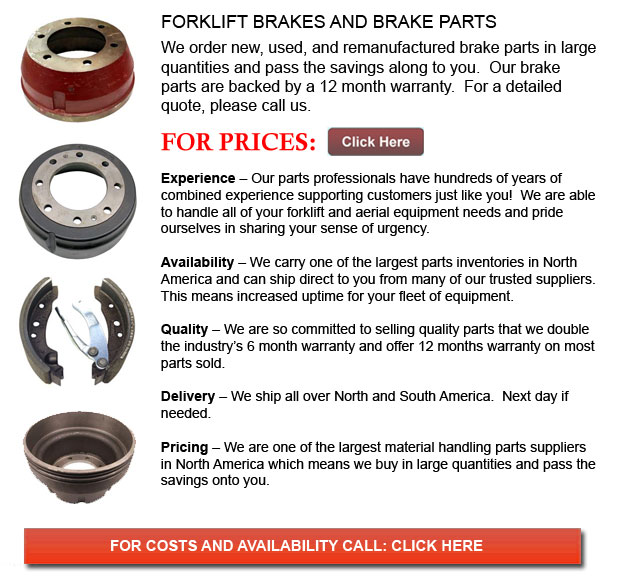
Forklift Brakes - A brake drum is where the friction is supplied by the brake shoes or brake pads. The shoes or pads press up against the rotating brake drum. There are several other brake drums types with particular specific differences. A "break drum" will generally refer to when either shoes or pads press onto the inner exterior of the drum. A "clasp brake" is the term utilized to describe whenever shoes press next to the outside of the drum. One more type of brake, called a "band brake" makes use of a flexible band or belt to wrap all-around the outside of the drum. If the drum is pinched in between two shoes, it could be called a "pinch brake drum." Similar to a conventional disc brake, these types of brakes are rather uncommon.
Old brake drums, prior to the year 1995, required to be constantly adjusted so as to compensate for wear of the shoe and drum. "Low pedal" can result if the required modifications are not done satisfactorily. The motor vehicle can become hazardous and the brakes can become ineffective whenever low pedal is mixed along with brake fade.
There are quite a few various Self-Adjusting systems used for braking accessible nowadays. They can be classed into two individual categories, the RAD and RAI. RAI systems are built in systems which help the device recover from overheating. The most well known RAI manufacturers are Bendix, Lucas, Bosch and AP. The most famous RAD systems consist of Volkswagen, VAG, AP, Bendix and Ford recovery systems.
The self adjusting brake would typically just engage when the lift truck is reversing into a stop. This method of stopping is acceptable for use whereby all wheels utilize brake drums. Disc brakes are used on the front wheels of motor vehicles today. By operating only in reverse it is less probable that the brakes would be applied while hot and the brake drums are expanded. If adjusted while hot, "dragging brakes" can take place, which increases fuel consumption and accelerates wear. A ratchet mechanism that becomes engaged as the hand brake is set is another way the self repositioning brakes can operate. This means is just appropriate in functions where rear brake drums are used. Whenever the parking or emergency brake actuator lever goes beyond a specific amount of travel, the ratchet developments an adjuster screw and the brake shoes move in the direction of the drum.
Located at the base of the drum sits the manual adjustment knob. It can be adjusted utilizing the hole on the other side of the wheel. You will have to go underneath the vehicle together with a flathead screwdriver. It is very important to be able to adjust each and every wheel equally and to be able to move the click wheel correctly because an unequal adjustment may pull the vehicle one side during heavy braking. The most effective way so as to ensure this tedious job is done carefully is to either raise every wheel off the ground and spin it manually while measuring how much force it takes and feeling if the shoes are dragging, or give every\each and every one the exact amount of manual clicks and then do a road test.
![]() Click to Download the pdf
Click to Download the pdf
Forklift Parts
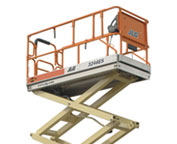
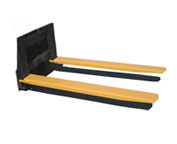
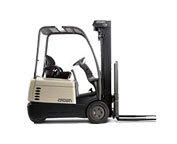
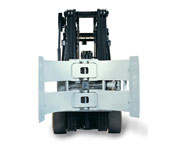
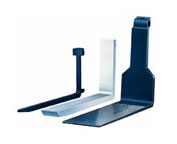
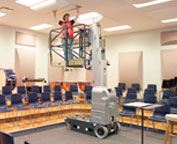
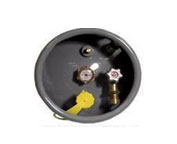
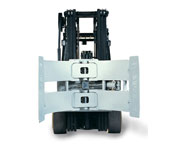
Lift Parts Express
TOLL FREE: 1-888-695-7994
LOCAL: 909-265-9036
985 KENDALL DR A-306
San Bernardino, California
forkliftpartssanbernardino.com
Email Us
About Us


